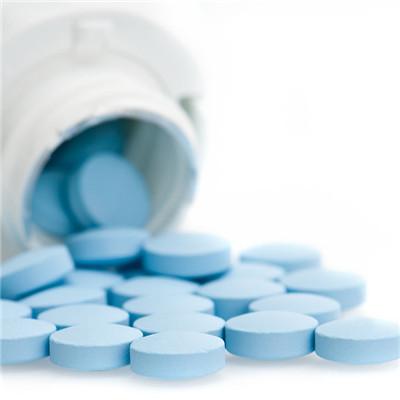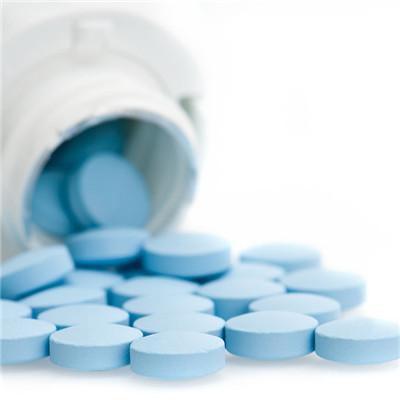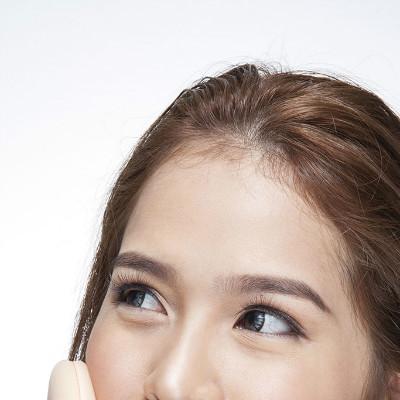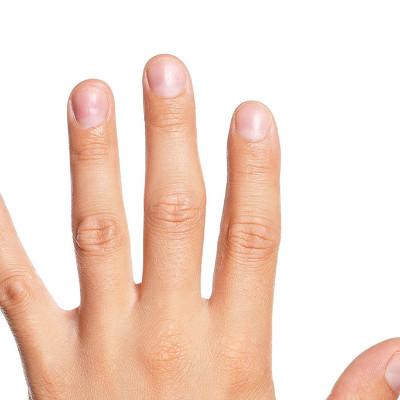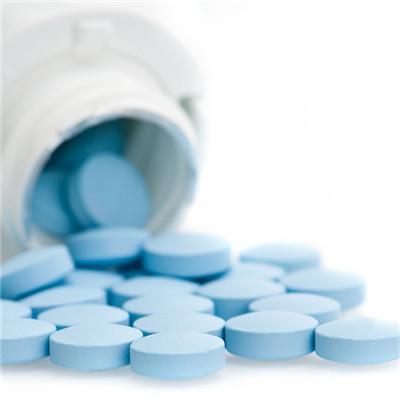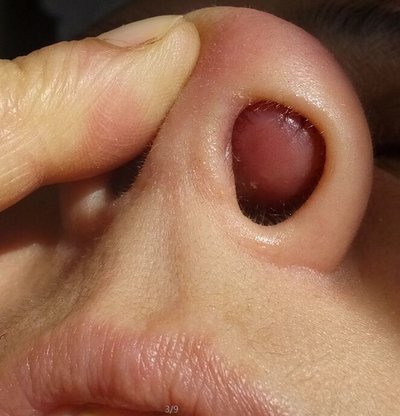Symptoms of anterior lingual gland cyst?
summary
* sublingual gland cyst is a cyst formed by the occlusion of sublingual gland and retention of salivary fluid. The cyst is located under the mucosa at the bottom of the mouth. It is a light blue mass with thin wall and soft texture. The larger sublingual gland cyst can penetrate into the mandibular hyoid muscle, enter the submental area, and also affect the contralateral floor of mouth. Most of them are children and teenagers. Symptoms of anterior lingual gland cyst? Let's talk about it
Symptoms of anterior lingual gland cyst?
Most of them. The cyst is located in the sublingual area, showing light purple blue, soft and wavy. It is usually located at the bottom of the mouth. Larger cysts can lift the tongue, like "double tongue". After the cyst ruptured due to trauma, it flowed thick and yellowish or egg white like fluid, and the cyst disappeared temporarily. After a few days, the wound healed and the cyst grew as before.
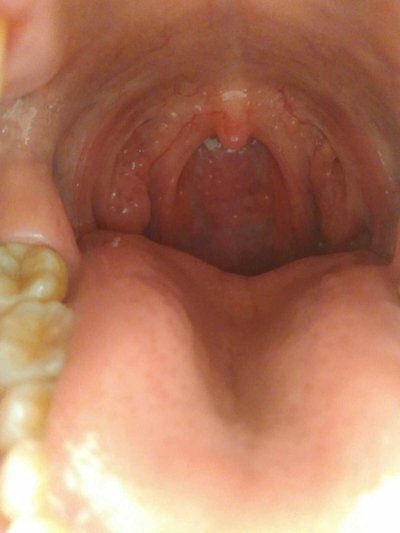
It is also called latent type. The main manifestation was submandibular mass, but the cyst of floor of mouth was not obvious. Soft touch, no adhesion with skin, incompressible.
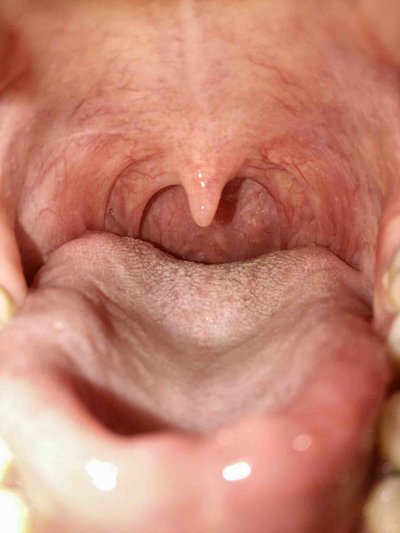
It is a mixture of the above two types, i.e. cystic masses can be seen in the intraoral sublingual area and the extraoral mandibular area.
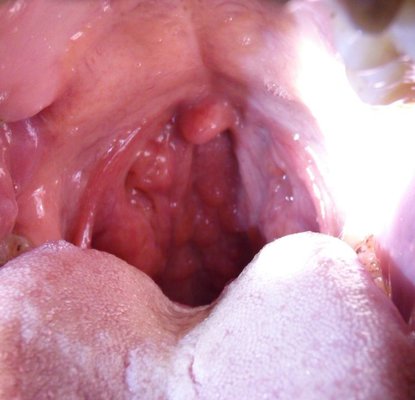
matters needing attention
The method of radical cure is to remove sublingual gland, and the residual part of cyst wall will not cause recurrence. For patients and infants who cannot tolerate sublingual gland resection in general condition, simple bag suture can be performed. Sublingual gland resection can be performed when the general condition is improved or the infant is 4-7 years old.




